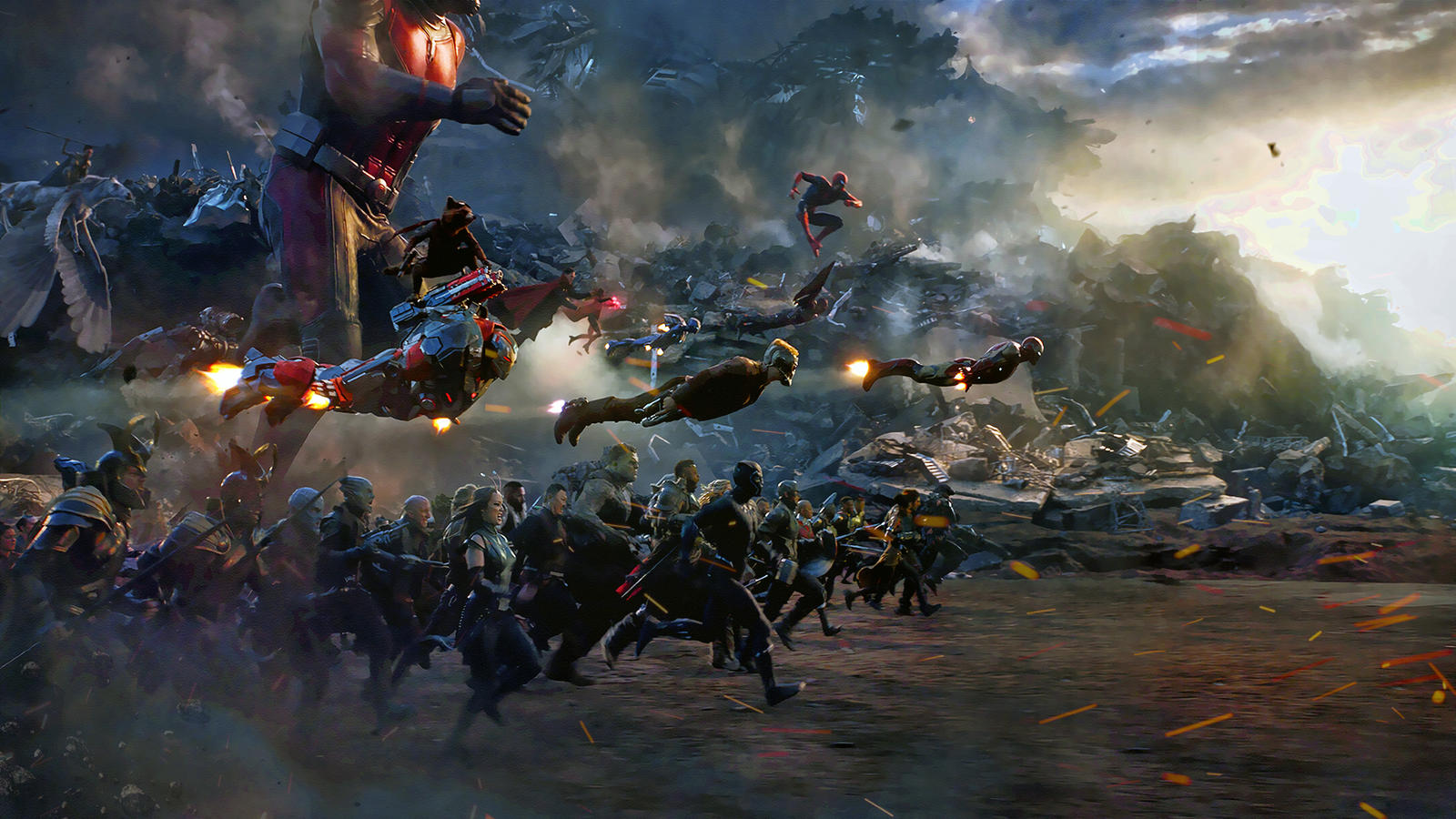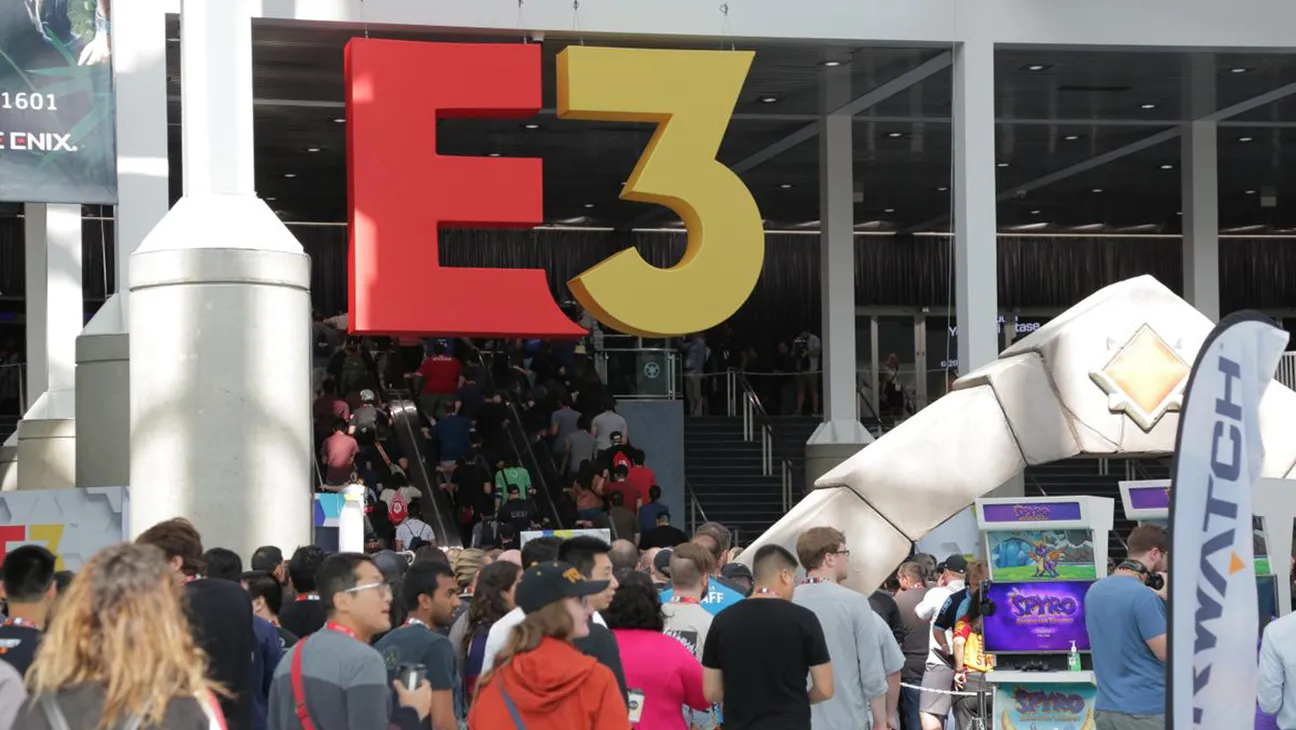Anime enthusiasts are no strangers to the diverse range of content that the medium offers. From traditional series to standalone stories, the world of anime is rich with unique formats that cater to different storytelling needs.
Beside TV Series and The Movie formats that are very common, there are other formats that are interesting as well. In the expansive realm of anime, storytelling isn’t confined to just one format.
From the traditional series to the more niche formats like OVA (Original Video Animation), ODA (Original Digital Animation), ONA (Original Net Animation), and Special Stories, the anime landscape is as diverse as it is dynamic. Each format brings its own unique characteristics, offering viewers a varied and enriched experience. Let’s delve into the differences among them and uncover what makes each format special.
OVA (Original Video Animation)
These productions often serve as supplementary content to existing series, offering fans additional insights into beloved characters and storylines.
OVA, or Original Video Animation, has a rich history in the world of anime. Initially conceived as a means to promote manga or light novel series, OVAs evolved into standalone episodes or short series released directly to home video. Unlike TV series, OVAs often have more creative freedom, allowing creators to explore unconventional themes, genres, or storylines. This freedom from broadcast constraints has led to some of anime’s most innovative and memorable works.
One of the defining features of OVAs is their production quality. With a focus on home video release, OVAs tend to boast higher animation quality, detailed artwork, and occasionally, more mature themes than their televised counterparts. This emphasis on quality over quantity has made OVAs a preferred format for adaptations of visual novels, manga, and light novels, where faithful adaptation and high production values are paramount.
ODA (Original Digital Animation)
These productions often leverage digital technology to deliver stunning visuals and innovative storytelling techniques.
In recent years, the rise of digital streaming platforms has given birth to a new format: ODA, or Original Digital Animation. ODA shares similarities with OVAs in that they are often released directly to digital platforms rather than airing on television. However, ODAs are specifically created with digital platforms in mind, leveraging the medium’s accessibility and global reach.
ODAs encompass a wide range of content, from short-form series to feature-length films, catering to the diverse tastes of anime fans worldwide. Their digital nature allows for experimentation with storytelling techniques, animation styles, and interactive elements that may not be feasible in traditional formats. This flexibility has made ODAs a breeding ground for innovation, attracting both established studios and up-and-coming talent eager to push the boundaries of animation.
ONA (Original Net Animation)
This format has enabled creators to experiment with diverse genres and storytelling approaches, reaching global audiences through digital platforms.
While OVAs and ODAs target home video and digital platforms, respectively, ONA, or Original Net Animation, takes a different approach by premiering exclusively on the internet. This format bypasses traditional distribution channels, allowing creators to directly connect with their audience through streaming platforms, websites, or dedicated apps.
ONA series often have shorter episode lengths and are released incrementally, fostering a sense of anticipation and community engagement among viewers. This episodic format lends itself well to serialized storytelling, with each installment leaving audiences eager for the next. Additionally, the accessibility of ONAs makes them an ideal medium for independent creators and smaller studios to showcase their talent without the need for large-scale production or distribution.
Special Stories
These stories are often presented as one-off episodes, short films, or extended specials that offer unique perspectives on familiar characters and settings.
Beyond the conventional formats of OVA, ODA, and ONA, anime occasionally delivers special stories that defy categorization. These may take the form of standalone episodes, extra content bundled with manga or Blu-ray releases, or commemorative projects celebrating anniversaries or milestones.
Special stories offer creators the opportunity to revisit beloved characters, explore alternate timelines, or delve deeper into the lore of established universes. While they may vary in length and scope, these special episodes are cherished by fans for their ability to breathe new life into familiar narratives and provide fresh insights into beloved franchises.
In conclusion, the diversity of anime formats, from OVA and ODA to ONA and special stories, underscores the medium’s adaptability and creativity. Each format brings its own unique strengths to the table, catering to different audiences and allowing creators to explore new avenues of storytelling. Whether it’s the high production values of OVAs, the digital innovation of ODAs, the internet accessibility of ONAs, or the special allure of commemorative projects, anime continues to captivate audiences worldwide through its rich tapestry of formats and stories.








